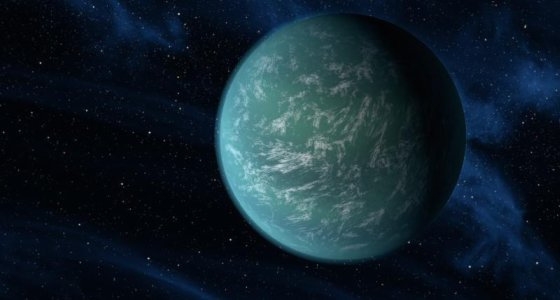By Pat Lopes Harris, Media Relations Director
As Kepler deputy science team lead, Associate Professor of Physics and Astronomy Natalie Batalha joined NASA to announce today the mission has discovered its first planet in the habitable zone of another star. The habitable zone is the region around a star where liquid water could exist on a planet’s surface. Kepler also has discovered more than 1,000 new planet candidates, nearly doubling its previously known count.
“The tremendous growth in the number of Earth-size candidates tells us that we’re honing in on the planets Kepler was designed to detect: those that are not only Earth-size, but also are potentially habitable,” Batalha said. “The more data we collect, the keener our eye for finding the smallest planets out at longer orbital periods.”
The Kepler Mission, NASA Discovery mission #10, is specifically designed to survey our region of the Milky Way galaxy to discover hundreds of Earth-size and smaller planets in or near the habitable zone and determine the fraction of the hundreds of billions of stars in our galaxy that might have such planets.
Read more.

